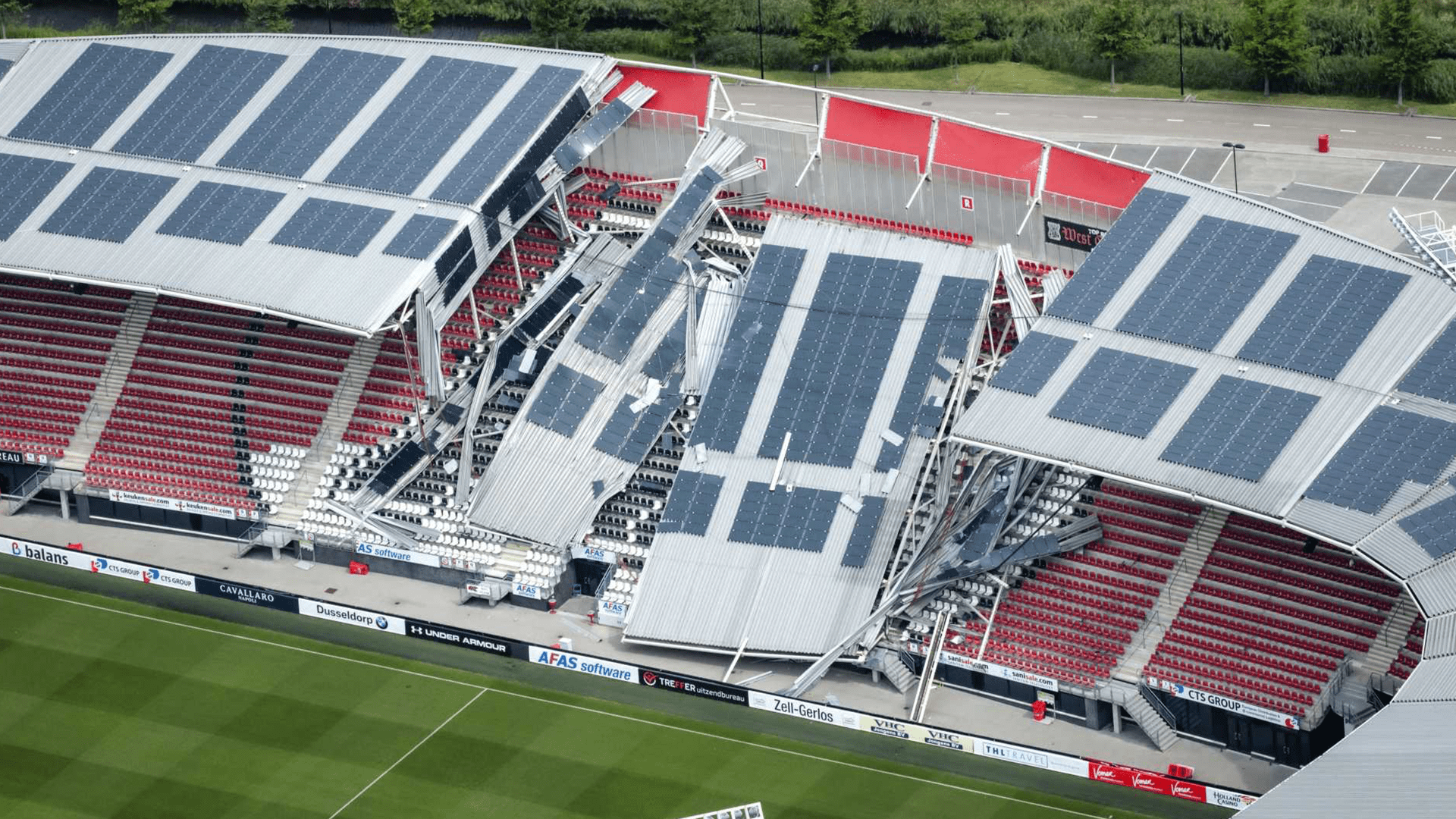Forensic engineering
From cracks in the floor of a sterile environment, to the collapse of bridges and stadiums – when engineering fails, answers are needed quickly. Not only so that people are protected, but so lessons can be learnt and shared.
get in touchget in touch
Our forensic engineers are among the first on the scene when operations are disrupted or accidents occur. Using a depth of expertise in structural safety as our foundation, we specialise in untangling the many layers of engineering to find the root of your problem – and help you fix it. Before it happens again, or before it even happens at all.
Handling complex forensic engineering with ease
Forensic engineering is a historic practice – with the liability of builders for a collapse being discussed as far back as 1750 BC. The urgency of finding answers to failures hasn’t changed since then, but the complexity of buildings and structures has.The complexity of tools available to investigate failures has grown too. From advanced computer calculations to simulations and modelling – our engineers understand the best applications for each and deploy the right ones to reach informed conclusions you can trust.
Our focus begins not with blame or liability but technical cause. Of finding the single node in an engineering haystack and understanding how it came to trigger a crack, collapse, or fault in the system.
A Delft method to guide the process
Where industries like aviation have guidelines to define research into crashes and failures, no such guidelines exist for the structural engineering field. That makes finding the right process and methodology crucial to robust outcomes.At Royal HaskoningDHV, we embrace the ‘Delft Method’ pioneered by the Delft University of Technology. The method considers the life cycle phases of an engineering product or structure and the possibilities of each of these life cycle phases (design, construction and use) to contribute to the failure or collapse of the structure.
The advantage of this approach is that it acknowledges that structural failures are always a multi-faceted problem. By reviewing each phase separately, we serve to improve the transparency and trustworthiness of our research.
Forensic engineering in practice for the AFAS Stadium Roof collapse
When the roof the AFAS Stadium in Alkmaar partially collapsed in a storm, we were asked by stadium owner AZ to investigate the technical causes.In a real-world application of the Delft method, we made use of design information, CCTV footage, on site point-cloud scans and lab material testing among other methods. From these we derived 34 hypotheses for the collapse across the three lifecycle phases.
We judged all these hypotheses one by one, by considering the gathered information and using advanced technology such as non-linear models and wind tunnel tests to verify the structural behaviour.
From 34 hypotheses, we concluded that a single one – the welds in the steel structure being too thin – was the main cause. Two additional factors in other lifecycle phases also contributed.
The result of our work showed that structural failures are complex and multi-faceted – but that we were able to work through these thoroughly to present a clear, researched conclusion.
Leaving no room for doubt
All of our efforts in forensic engineering are centred on an outcome that gives you peace of mind and confidence that the right conclusions have been drawn.Through our application of the Delft method that standardises the approach to forensic engineering; to the deep technical knowledge and powerful tools used by our engineers, our rigorous approach leaves no room for doubt about the cause.
And once causes are identified, we can help develop designs that fix the issues found – ensuring the same mistakes don’t happen again.